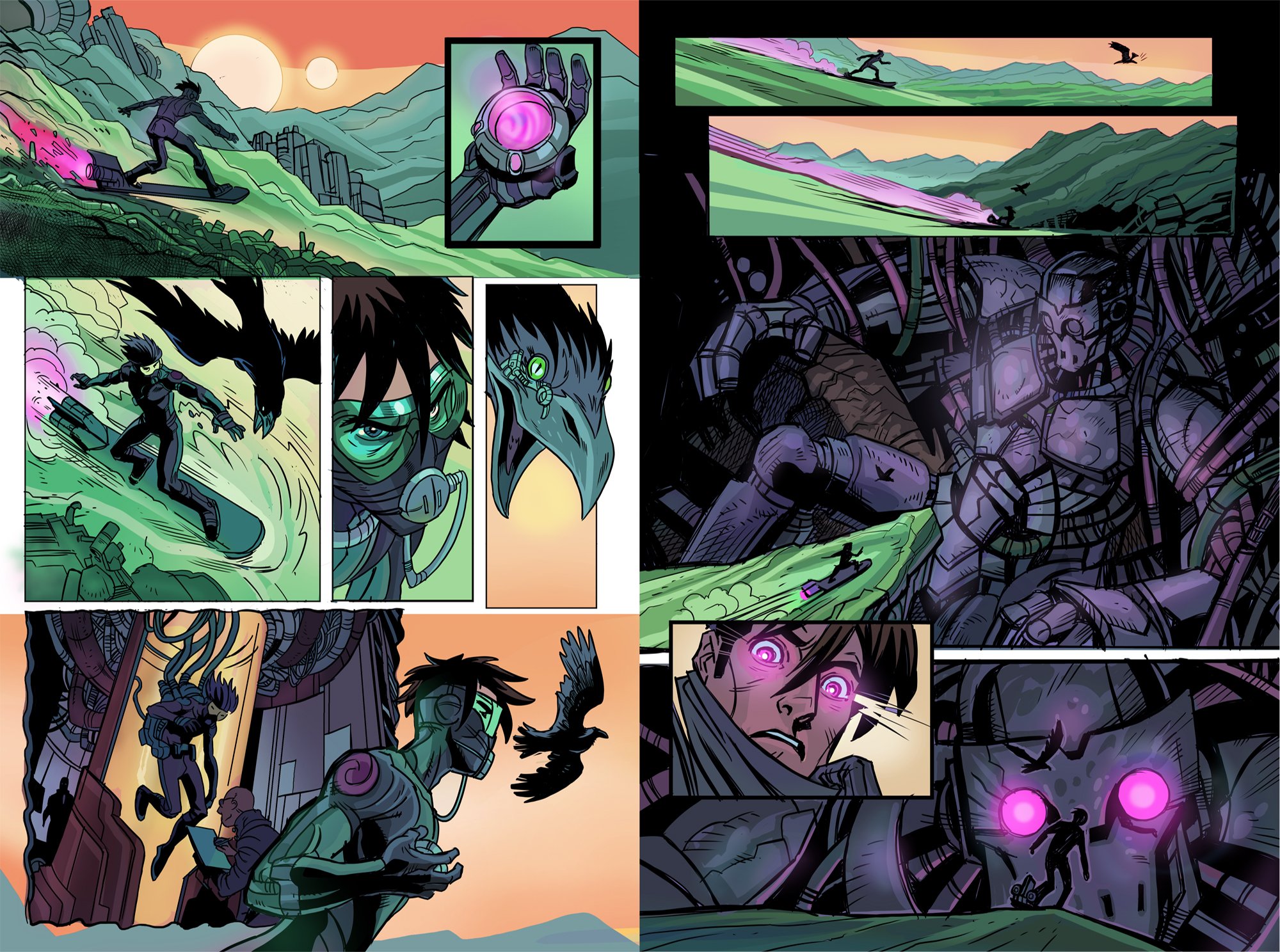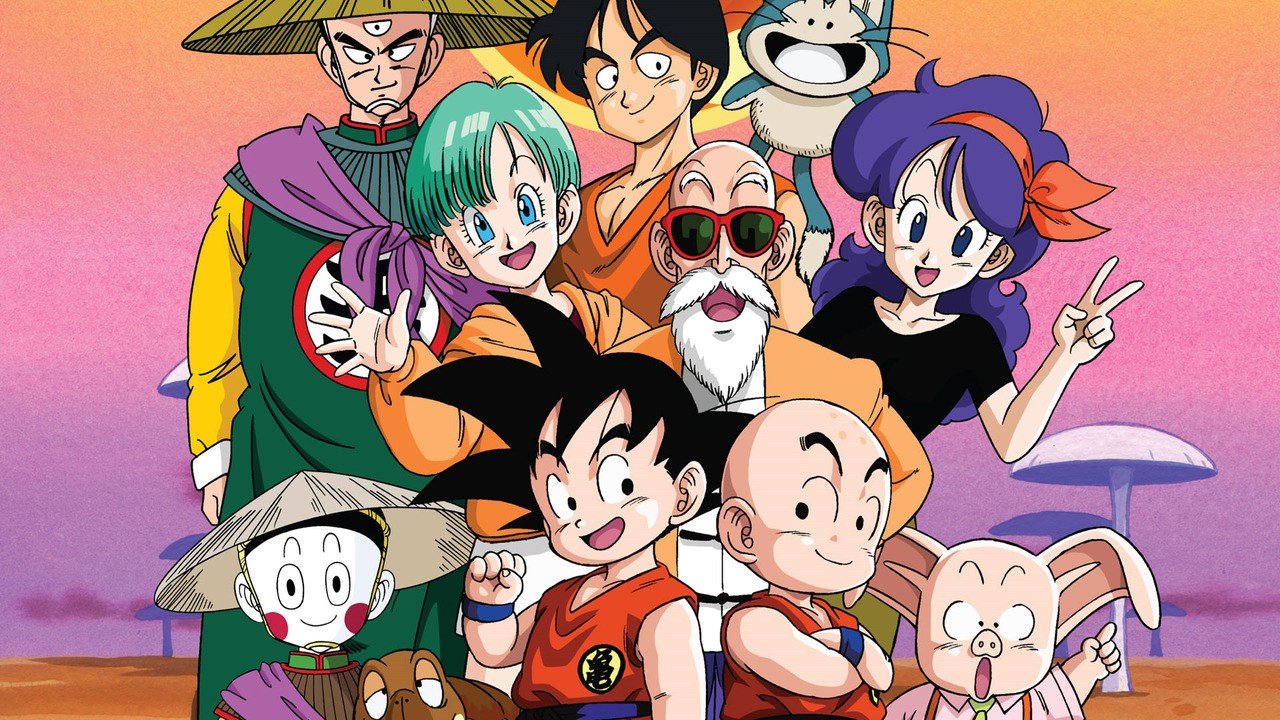MyAnimeList CEO Atsushi Mizoguchi is calling for a unified Japanese effort to build a large, fast, and well-organized manga translation service. The goal is to curb global manga piracy, which has surged since 2020 as anime and manga fandom expanded worldwide. Mizoguchi spoke out in a recent interview with Oricon amid industry changes, including MyAnimeList’s acquisition by Gaudiy Inc.
An Explosion in Online Anime and Manga Piracy Since the Pandemic
The COVID-19 pandemic was a major turning point for anime and manga consumption on a global scale. With people spending more time at home, online viewership and readership skyrocketed. This led to an unprecedented increase in piracy, as demand for fresh content outpaced official supply.
Streaming sites offering unauthorized anime episodes and scanlation websites providing fan-made manga translations popped up across the web. These platforms often become more popular than official ones because they provide titles for free and reduce waiting times for new content. Fans across the world found themselves relying on these sources to stay up to date with the latest manga and anime releases.
Industry insiders have raised concerns not only about lost revenue, but about the risks these sites pose to creators as well as the fan experience. The boom in piracy has become one of the biggest challenges the manga industry has faced in years.
Japan’s publishers and overseas partners are now forced to confront a changing landscape, trying to win back users who have grown used to instant, no-cost access to millions of manga chapters. This shift is not unique to Japan – piracy remains a global digital media issue – but manga’s international rise made it urgent for industry players to negotiate new approaches.
The Challenge of Licensing and Delayed Official Translations
The official licensing process for manga is complex and usually very slow. Manga rights typically sit with Japanese publishers who then negotiate with overseas distributors or English-language companies for translation and publication. It can take months – sometimes even longer – for popular series to receive an official English version. Fans facing long waits often turn to unauthorized scanlations.
This lag is a direct result of several factors. First, contract negotiations are often lengthy, as discussions over regional rights and royalty splits can become tangled in legal red tape. Second, labor costs for high-quality translations are significant, and there is often a shortage of skilled localizers who understand both Japanese language and international pop culture.
As anime and manga gained more international fans, expectations changed. New global readers want simultaneous or faster releases, but traditional publishing infrastructure rarely allows it. In this kind of environment, the gap between Japanese publishing schedules and foreign release dates has become one of the driving forces behind the rise in manga piracy.
The solution is not simple, as publishers strive to balance protecting their intellectual property, maintaining translation quality, and finding new ways to bring content to global fans quickly enough to compete with pirate sites.
Fan Translations and AI: Boon and Bane for International Audiences
As official releases lag behind demand, fan translations and AI-powered tools have quickly filled the gap. “Scanlators,” or teams of international fans, work rapidly to translate new manga chapters from Japanese to English and other languages – sometimes within hours of a chapter’s Japanese release. These groups often post their versions online for free.
In recent years, AI-based translation tools have also become common in fan communities. While they can speed up the process and lower barriers for fans unfamiliar with Japanese, the resulting translations are often hit or miss, with inconsistent accuracy and awkward phrasing. AI tools struggle with manga’s creative language, colloquialisms, and cultural nuances.
For non-Japanese readers, these resources can be a lifeline, giving access to stories that might otherwise remain unavailable for years. However, there are significant risks. Mistakes or poor translation can misrepresent the author’s intent, confuse readers, or even change character personalities.
Some legal experts and creators worry that fan and AI translations erode the market for official releases, diverting revenue from writers and publishers who depend on sales and license fees for survival. The popularity of these unofficial translations highlights both the demand for faster access and the complexity of solving piracy in a digital-first world.
Ethics Within Online Fan Translation Communities
Despite operating outside legal boundaries, many scanlation and fan translation groups adhere to informal codes of conduct. As MyAnimeList CEO Mizoguchi noted, some groups take down their translation projects as soon as an official version becomes available. Many scanlation sites explicitly encourage readers to support creators by buying the manga when an official translation eventually launches.
Still, ethical standards vary between groups. Some prioritize speed over quality or creator rights, posting work before an official English release is even announced. Others seek to only fill gaps – for instance, translating series that have never been officially licensed or bringing attention to niche titles overlooked by major publishers.
The existence of these ethical discussions shows there is a significant level of respect within the fan community for authors and the industry. However, even well-intentioned scanlation contributes to the broader piracy ecosystem, which continues to disrupt creators’ livelihoods.
This dynamic has led to ongoing debates about the role and responsibility of fan translators, highlighting that while community-driven efforts can help bridge access gaps, they cannot replace sustainable official solutions.
Japan’s Massive Manga Catalog and the Localization Gap
Japan is home to one of the world’s largest and most diverse manga industries. Official estimates suggest there are well over 500,000 electronic manga titles available in Japanese. Yet, only a fraction – often noted as just a few percent – are translated and released in English or other international languages.
This localization gap exists for several reasons. First, the sheer volume of new manga published daily in Japan makes it extremely challenging for overseas publishers to keep up. Many titles are serialized weekly, increasing the backlog as time goes on. Second, the cost of properly adapting manga – including sound effects, cultural references, and even some artwork – for non-Japanese readers can be prohibitive.
Localization is more than just direct translation. In manga, it involves taking artwork, humor, and tone and ensuring they make sense to audiences in the US, Europe, Southeast Asia, and beyond. Sound effects in comics must often be redrawn or replaced, jokes reworked, and sometimes whole panels altered to avoid confusion.
As the global manga audience grows, fans are eager for more choices and deeper dives into genres and stories that may never see the light through official channels. This demand is why the localization gap remains one of the central challenges to fighting piracy.
The Vision for a Centralized, Large-Scale Translation Platform
In his recent statements, MyAnimeList CEO Mizoguchi advocated for a centralized, unified Japanese translation and distribution service. He argued that the key to beating piracy lies in delivering a large, fast, and diverse official translation platform matching the enormity of Japan’s manga output.
This centralized model would ideally eliminate fragmented release schedules, give fans one trusted location to read the latest manga, and ensure authors and publishers get fair compensation. According to Mizoguchi, it’s not just about quantity but speed – “the number of translated works must be increased,” he said. The platform would focus on translating speech bubbles, sound effects, and cultural cues for each title at scale, quickly and reliably.
No such service has yet emerged. Fragmentation continues, with different companies controlling various rights, and no single hub offering up-to-date, broad selections for the international community. For Mizoguchi and others, drawing together these rights under a coordinated Japanese initiative could fundamentally shift the landscape for both official and bootleg manga abroad.
A platform of this ambition would require both broad industry buy-in and close collaboration with tech and localization experts around the world. Such a service could provide a competitive alternative to pirate aggregators and scanlation sites, giving fans a legitimate, equally convenient way to access manga worldwide.
Funding and Global Collaboration: The Hurdles Ahead
Launching a centralized, large-scale manga translation service is not without significant challenges. Funding such a platform would require a massive outlay up front, from hiring a dedicated translation workforce to building robust digital infrastructure and negotiating international licensing rights. Localization is labor-intensive and often demands talent from multiple cultures and languages.
International licensing is particularly tricky. Manga rights can be fractured by country, publisher, or even title, and assembling the legal authority to deliver thousands of series simultaneously would take years of negotiation with stakeholders in Tokyo and abroad.
The project would also need significant tech investment to handle fast digital distribution, prevent piracy of its own content, and support seamless access for a global audience. Security and accessibility are top priorities for a platform expected to serve millions of users.
Also Read
Vagabond Definitive Edition Manga: Huge Discounts and Exclusive Details at Amazon
Global partnerships would be crucial – not only with current rights holders in Japan, but with local publishers and translators across Europe, the Americas, and Asia. A platform that aims to offer instant manga accessibility on this scale must embrace worldwide collaboration to succeed.
Competition With Piracy Sites and Free Fan Translations
Even if a unified Japanese translation service launched, it would immediately face formidable competition from entrenched piracy sites and informal scanlation groups. These sources offer manga at no cost, with minimal delay, attracting users who have grown accustomed to free and easy access since the pandemic’s start.
The challenge for legal platforms is twofold: competing with “free” and matching the convenience of pirate sites. Many fans are willing to pay for manga if they know it directly benefits creators, but only if the legal option is quick, up-to-date, and easy to use. Pirates are often first to post the newest chapters, sometimes within hours of Japanese releases.
Several “AI-powered” web browsers are now directing users to illicit sites, further muddying the water between official and unofficial sources. The rapid evolution of piracy technology means legal services must constantly innovate in both speed and user experience to stay relevant.
Also Read
Japan’s Strategy to Sustain Its Anime Leadership Amid Rising Global Competition
Education about the impact of piracy on the manga ecosystem can help, but a truly competitive official platform must provide what fans want – vast choice, near-instant availability, simple subscriptions – or risk falling behind bootleg operators and fan groups with dedicated global followings.
Current Legal Manga Platforms and Their Limitations
Although several legal manga reading platforms exist, including Shueisha’s Manga Plus and Viz Media, each faces significant limitations compared to piracy sites. Official sites often have restricted catalogs, delayed releases for popular titles, and region locks that vary by country.
Platforms like Manga Plus offer free simulpub (simultaneous publication) for a handful of major series, but full archives or back issues are usually behind paywalls or unavailable in some countries. This restricted access can frustrate readers who turn to scanlation sites to find chapters missing from the official catalog.
Licensing quirks mean English readers may see delays of weeks, months, or even longer for less popular or older manga titles. Some platforms, like Kodansha’s digital service, have attempted to accelerate release schedules, but the sector as a whole hasn’t caught up to fan demand for a single, comprehensive source.
Also Read
Dragon Ball Marks 40th Anniversary With Exclusive Box Set Release
Legal streaming services have improved the situation versus a decade ago, but the underlying fragmentation – split catalogs, multiple subscription services, and variable pricing – pushes many fans to keep at least one foot in the piracy ecosystem even after discovering paid options.
The Future of Manga Accessibility for Overseas Fans
The momentum for change is clear. As global manga and anime fandom continues its explosive growth, publishers and tech companies alike are under pressure to build a seamless, comprehensive manga translation pipeline for international readers. Mizoguchi’s call for a united approach may eventually lead to a new era where fans no longer have to choose between waiting months for official releases or risking copyright infringement on pirate sites.
In the near future, success may rely on a mix of strategies. Improved technology, greater industry cooperation, and new revenue models – such as affordable global subscriptions – could pave the way for a more accessible and sustainable digital manga ecosystem.
For now, readers interested in supporting creators and ensuring the future of manga should stick to official platforms whenever possible, even if the choices are currently limited. As industry leaders like MyAnimeList push for change, the hope is that soon, quality translations of every manga – not just the most famous – will be available legally, quickly, and everywhere.
Until then, the debate over piracy is likely to remain at the center of manga’s global rise, shaping how millions of fans discover and enjoy Japanese stories worldwide.












